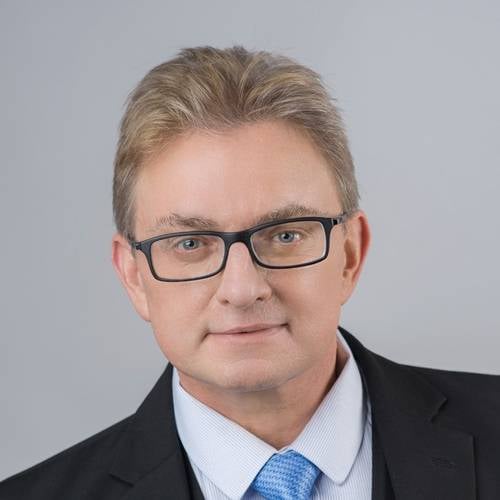About This Webinar
Smooth interfaces between two media are typically used to shape wavefronts in optical design. Spherical and non-spherical interfaces are utilized in the creation of lenses and mirrors in imaging systems. In nonimaging optics, free-form surfaces are employed to deliberately introduce particular aberrations to shape the energy distribution of light. In each scenario, the surface undergoes a process of converting the phase of the incoming wavefront into a desired output phase as defined by the design requirements.
A set of specific smooth surfaces can be designed to execute the transformation without any aberrations for input-output wavefront phase constellations like these. The presence of several surfaces that satisfy a phase transformation problem arises from the ambiguity of phases by 2 pi. Using different surfaces from the set of solutions in different lateral segments, also known as zones, can aid in the flattening of the lens. The Fresnel lens and the diffractive lens represent two specific instances of this method. Stray light effects happen due to the surface jumps at the segment boundaries. For diffractive lenses, addressing the stray light effects in the narrow outer zones involves employing local grating modeling. This suggests that in addition to the intended impact on the phase of the wavefront, extra electromagnetic effects on the incoming field need to be taken into account.
Instead of the approach of dividing a continuous surface to create a flat lens, the idea behind meta lenses is to create a desired wavefront response using a thin layer with nanostructures, such as nano-pillars of varying sizes arranged in a regular grid. One could argue that meta lenses extend the idea of diffractive lenses. This involves the requirement for an electromagnetic approach to the modeling and design.
*** This presentation premiered during the
2024 Photonics Spectra Optical Design Summit. For more information on Photonics Media conferences and summits, visit
events.photonics.com
About the presenter

Frank Wyrowski, Ph.D., co-foundeded LightTrans International GmbH in 1999 and co-founded Wyrowski Photonics GmbH in 2014. In 2022, he co-founded Beijing Luoxun Technology Co., Ltd. and is recognized as a pioneer in the advancement of modern optical modeling and design software.
His main objective in research and development is to improve the precision and effectiveness of optical modeling software, guided by the principle of achieving the required level of accuracy while maximizing speed. This includes integrating various modeling techniques, ranging from geometrical to physical optics, into a single platform. This core concept underpins the VirtualLab technology, which is integrated into the VirtualLab Fusion software. The concept of connecting interoperable modeling techniques within a single software platform allows VirtualLab Fusion to effectively address the wide array of modeling and design challenges in contemporary optics and photonics, benefiting an expanding user base.
Wyrowski obtained his doctoral degree in applied physics from the University of Essen, Germany, in 1988, with a dissertation on digital signal encoding in optical information technology. In 1992, he earned his Dr. habil. from the same university with a thesis focusing on diffractive optics and holography. He later joined Philips Company in Eindhoven, the Netherlands, where he worked on laser materials processing incorporating diffractive optics and diffusers.
In 1994, he took over the management of the Department for Holography and Diffractive Optics at Berlin Institute of Optics GmbH, Germany. Then, in 1996, he was named as a professor of technical physics at the Friedrich-Schiller-University of Jena, Germany. He currently serves as the president of
LightTrans International GmbH and, since April 2024, as CTO of Wyrowski Photonics GmbH.
Wyrowski has authored over 100 articles covering optical modeling and design, diffractive
optics, holography, information processing, and halftoning. He is a co-editor (alongside J. Turunen) of
the book "Diffractive Optics for Industrial and Commercial Applications." In 2004, he was honored as a fellow of SPIE - The International Society for Optical Engineering. He also served on the board of directors of SPIE from 2003 to 2005. In 2013, he was appointed as a visiting professor at the Chinese Academy of Sciences and as a guest professor at Harbin Institute of Technology (HIT).